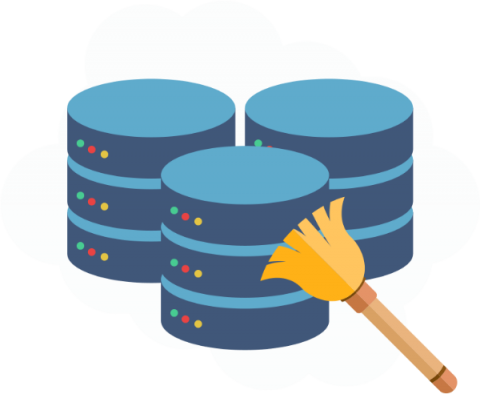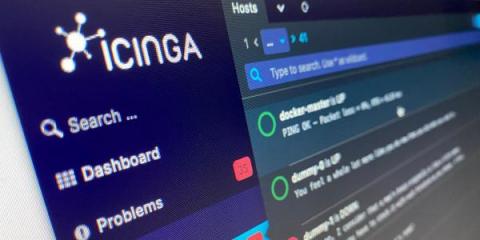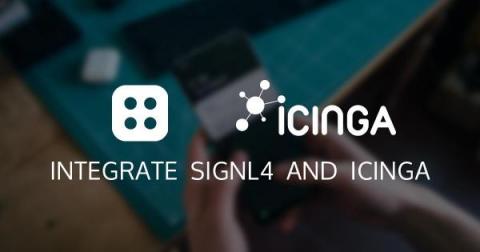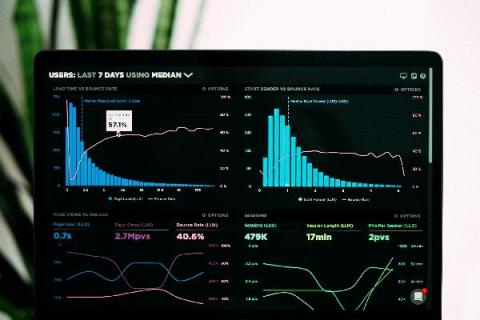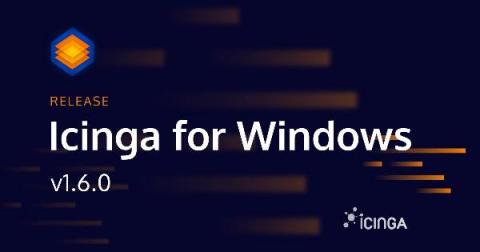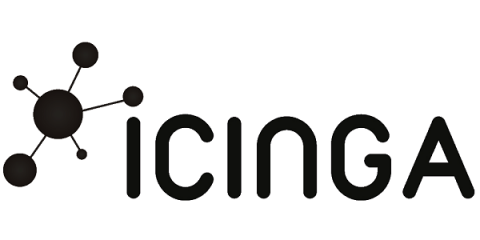Icinga for Windows Releasing v1.7.0 - Start your contribution
Today we are happy to announce, that Icinga for Windows v1.7.0 has been released! While this release includes lots of bugfixes for the Framework itself including the basic plugins, our main goal was to increase usability and make access for developers a lot easier.



